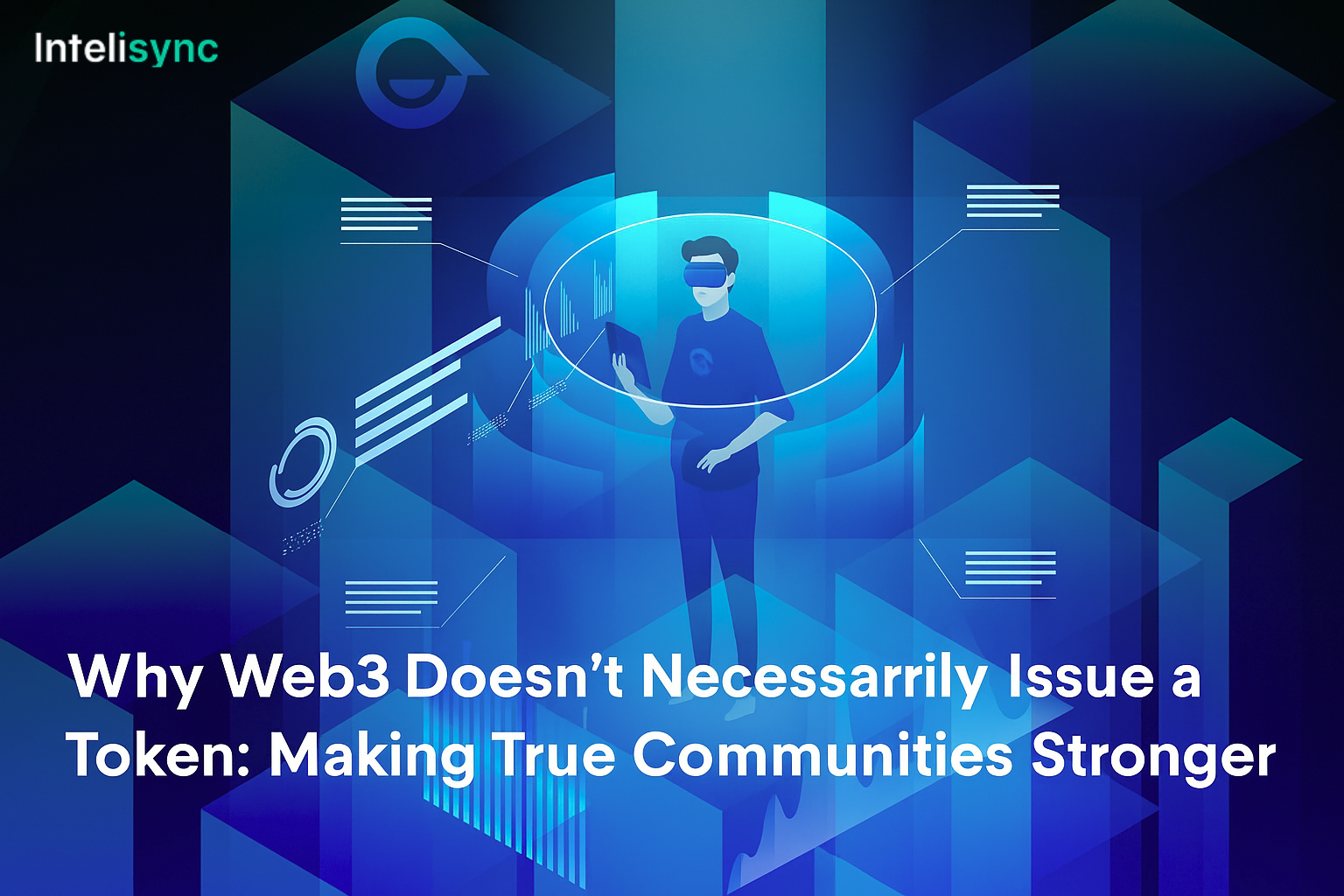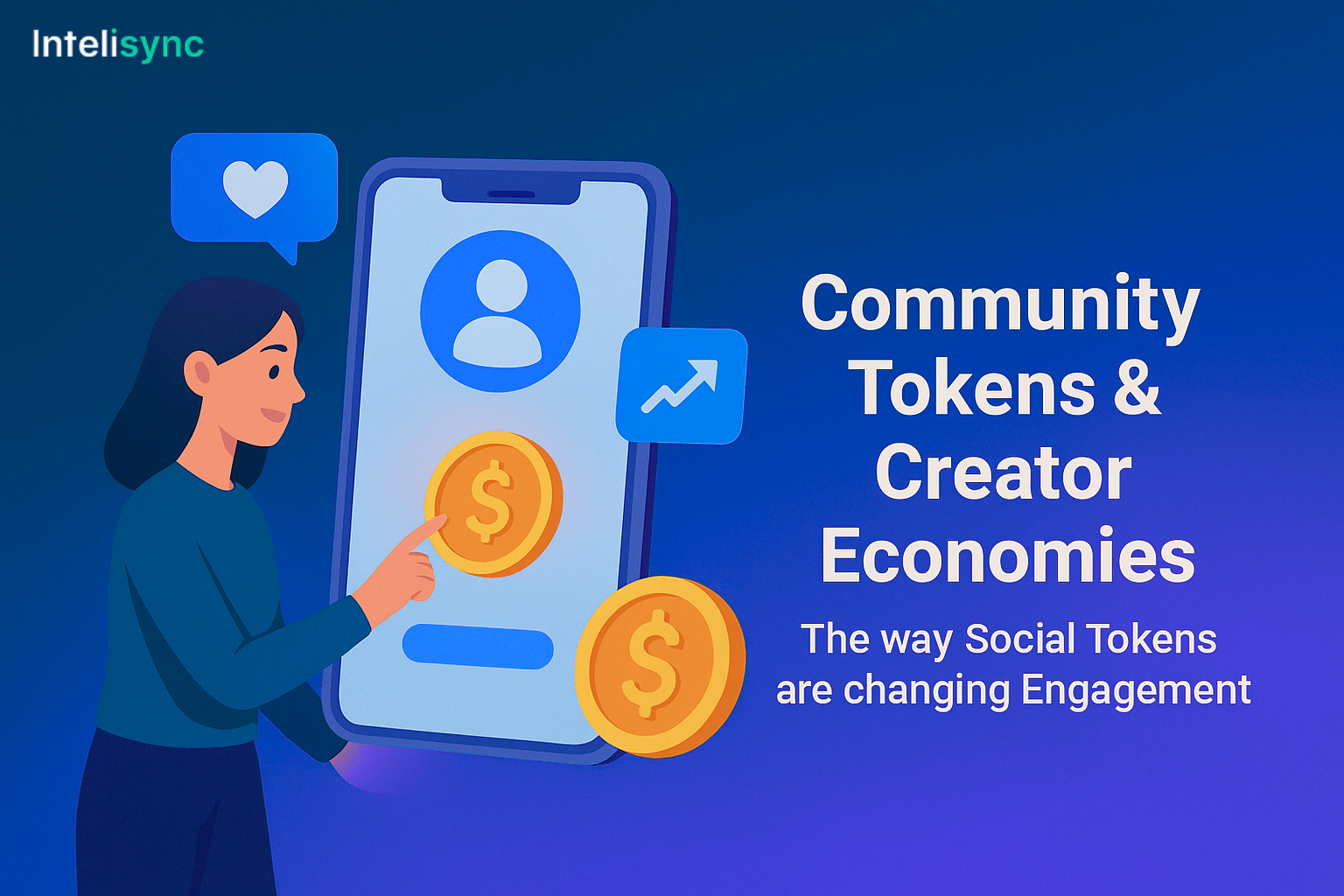Web3 has transformed the mode with which people relate to brands and projects. Decentralization, community and transparency are more desired than ever before in the digital age.
Nonetheless, influencer marketing is disputable. Is it a real adoption driver in Web3, or does it merely one a hype-machine?
What is the real meaning of Web3 influencer marketing, why is it important, and what should the founders, marketers, and other members of the community be aware of?
What Is Web3 Influence Marketing?
The classic influencers marketing also involves social media influencers who advertise products in fashion, lifestyle, or technology. In Web3, the role has expanded. Crypto educators, DeFi experts, NFT artists, DAO builders, meme creators, game streamers and even blockchain developers have become influencers. They target Twitter, YouTube, and Discords, Telegram, and other decentralized platforms.
Web3 influencers do not sell products, they evangelize technology. They drive awareness, recruit new members, communities towards protocols, platforms, token drops, and NFT releases.
Why Is Influencer Marketing Different in Web3?
Community Ownership: there are early adopters, financiers or insiders. They do not only promote, but also build and shape direction.
Educational Content: Learn to teach tokenomics, governance, utility and security – not to make FOMO.
Tokenized Engagement: It is common to see influencers receiving tokens, NFTs or governance tokens as forms of reward, so their interests are aligned with the success of the platform.
Decentralized Channels: Virality is spread through the use of Discord, Telegram, and other decentralized communication platforms, rather than Twitter or YouTube, and thus are more grassroots.
Does Influencer Marketing Drive Adoption—or Just Hype?
Here’s the crux.
The Upside
- Quick Awareness and Growth: Coordinators have the ability to launch thousands or even tens of thousands of supporters, generating on-the-fly hype and inviting new users to open new addresses or do new launches and updates.
- Trust and Credibility: Within a community that is complex in terms of technology, established voices head into the gap to make the user feel comfortable to invest.
- Education and Onboarding: Good influencers simplify complex ideas, deliver truthful critiques, and show new users wallets, DAOs, and NFT drops, bringing the Web3 closer to the general populace.
- Collaboration and Feedback : Unlike old influencer campaigns, Web3 projects invite influencers to assist in designing features, testing items and enhancing usability, offering helpful iterative feedback.
The Downside
- Short‑Term Hype: The campaigns aiming at price speculation alone result in interest dying fast, thus causing the pump-and-dump cycles.
- Poor Engagement Quality: Campaigns may lure bots or speculators who do not add much value and disappear once the hype is over.
- Fragmentation and Misinformation: Due to the numerous shill accounts and unknown voices not everything is truthful thus making the users and other users be confused and having a security risk.
- Price and ROI: It might cost more to hire the best influencers than developing budget and returns are difficult to measure without vanity metrics without planning.
How Do Web3 Influencer Campaigns Work?
Authenticity and Transparency: Individuals are more responsive to authentic long-term participation than the bribes.
Educational Focus: Campaigns which educate and explain risks and provide actual advice make users involved and relied on.
Rewards that are in line with Benefitability: Tokens that reward sustained participation, governance, and value creation (but not speculation) make communities stronger.
Feedback Loops and Collaboration: When influencers are engaged in product creation as participants, they remain committed and accelerate innovation.
Final Thoughts
Educational foundations, transparency, and long-term value are the foundation of an effective design of Web3 influencer marketing that can catalyze adoption. Hype can introduce temporary figures, yet it is only real interaction that makes users get invested and participate in the formation of the decentralized web.
Founders and marketers are advised to be relationship-oriented rather than big-name, or spikes. Invest in influencers with your vision and values and collaborate to attain genuine, sustained adoption within Web3.
Users should look past hype. Identify projects in which influencers are developing, educating and working together instead of yelling. Connection and shared ownership are real in Web3, where it grows.







